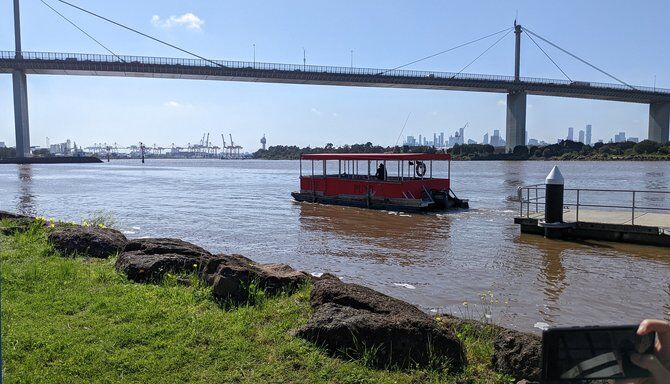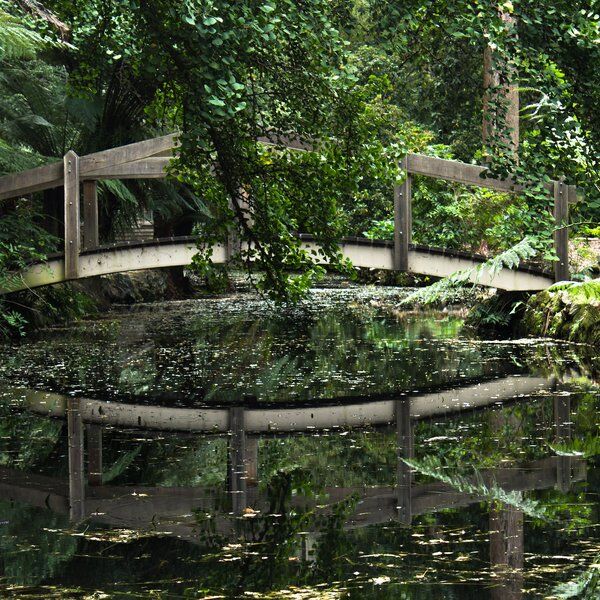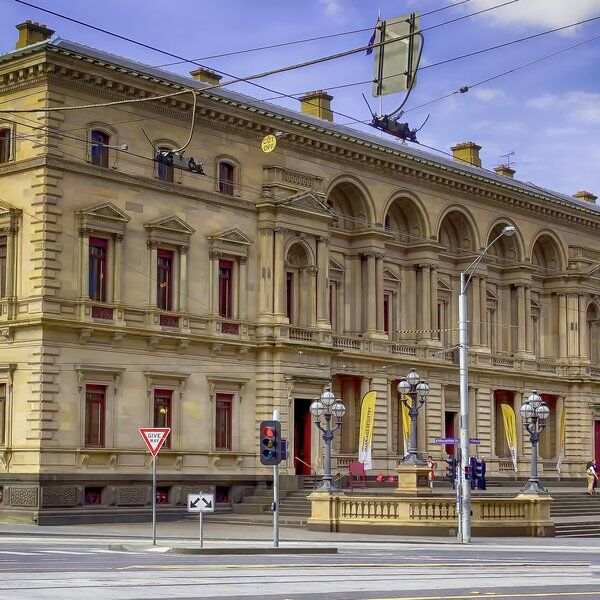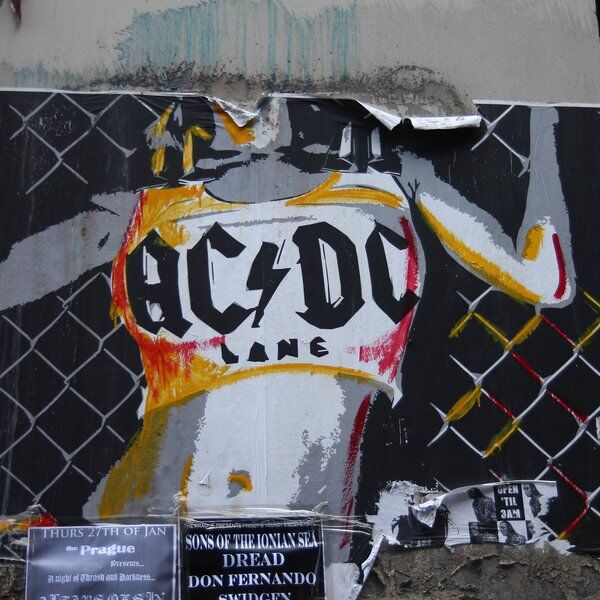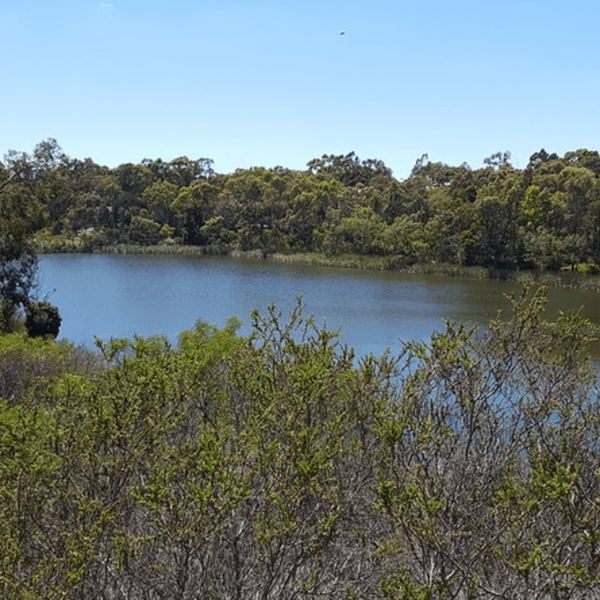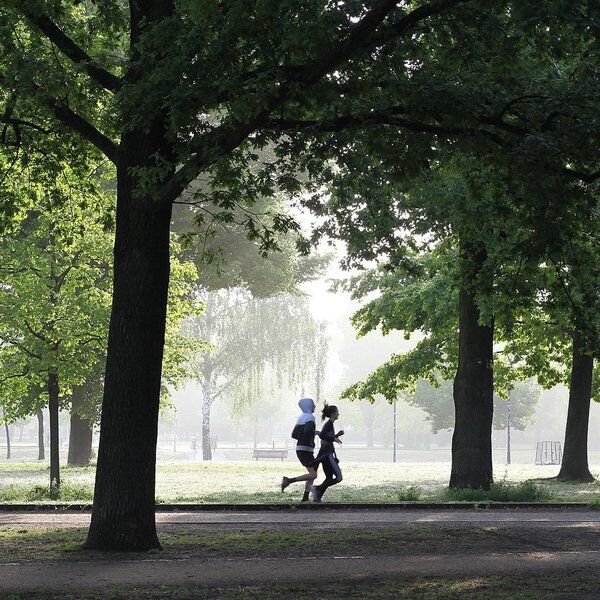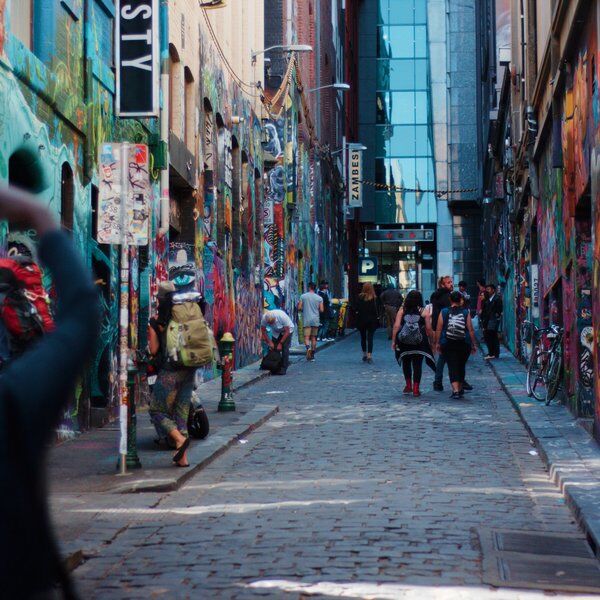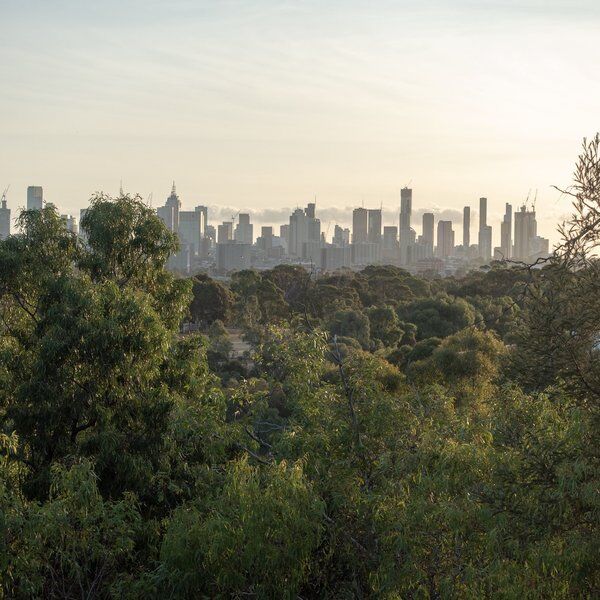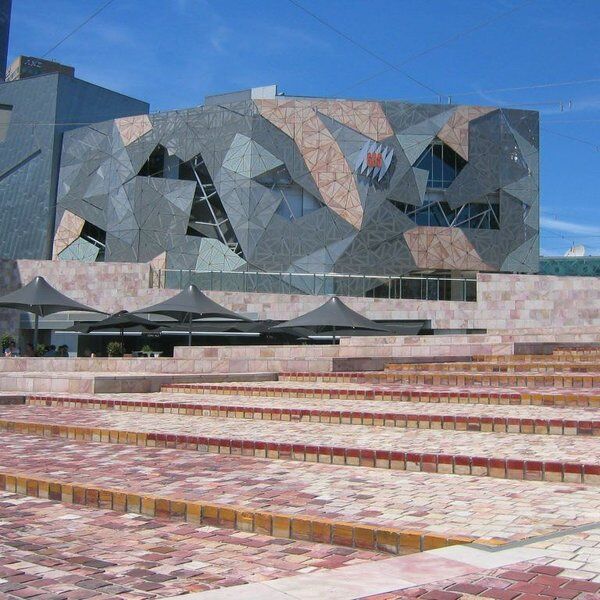Discover West Gate Bridge
Stretching over the Yarra River just north of its entrance to Port Phillip, the West Gate Bridge isn’t just a piece of infrastructure, it’s a vital lifeline connecting Melbourne CBD to the western suburbs and even arching out towards Geelong. This steel, box girder marvel plays a starring role in one of the busiest road corridors in Australia, carrying up to 200,000 vehicles a day and welcoming massive cargo ships into Melbourne’s docks.
But while the West Gate Bridge today is celebrated for its impressive span and smooth commute, its story is not without heart-wrenching chapters. On the morning of 15 October 1970, nearly two years into its construction, a 112-meter section of the bridge unexpectedly gave way at 11:50 AM—an accident that would leave a deep scar on the nation.
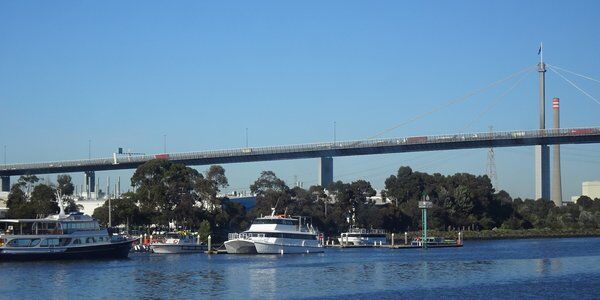
A Day of Tragedy: The West Gate Bridge Accident
Imagine a 2,000-tonne chunk of steel and concrete plunging 50 meters into the Yarra River, unleashing a thunderous cascade of dust, gas, and twisted metal that rattled nearby buildings. Tragically, many of the workers lost their lives, some of whom were caught in the midst of their lunch break or working high above when the collapse occurred.
The disaster, which remains Australia’s worst industrial accident, forced immediate action. A Royal Commission was swiftly set up, hearing testimony from dozens of witnesses and exposing serious design and safety flaws that had dire consequences. Therefore, while the collapse triggered a national mourning it also sparked a complete reevaluation of how steel box girder bridges should be built.
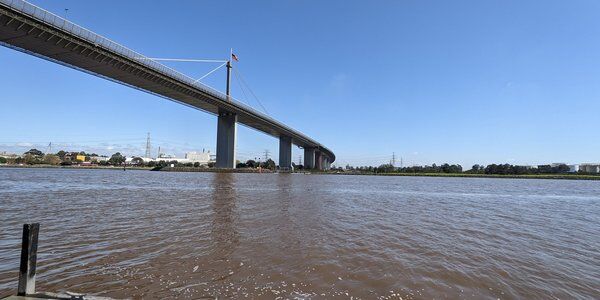
Cause, Consequences, and a Comeback: The West Gate Bridge Story
On the fateful morning of 15 October 1970, what should have been a routine day on the construction site of the West Gate Bridge turned into an industrial nightmare.
Let’s dive into the dramatic events that unfolded during the 1970 collapse, the aftermath that reshaped Australia’s engineering standards, and how this disaster ultimately paved the way for a stronger, safer bridge.
A Slight Difference with Huge Consequences
In the world of engineering, sometimes the tiniest misalignment can bring a giant structure to its knees. On that day, engineers discovered that two half-girders at the west end of the bridge were off by about 11.4 centimetres (roughly 4.5 inches) in camber. In simpler terms, one side was slightly higher than the other, and this small difference set the stage for disaster.
To tackle the imbalance, it was decided to add a bit of extra weight to the higher side, a total of 10 concrete blocks, each weighing around 8 tonnes, was meant to lower it into alignment. However, this quick fix turned out to be the spark in the powder keg.
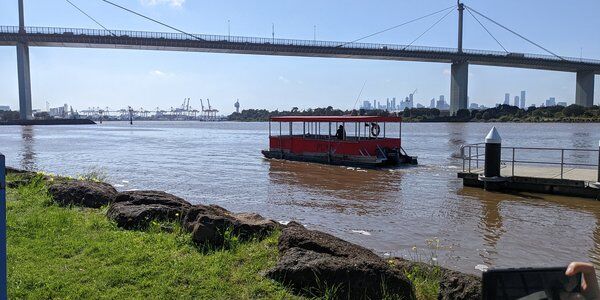
The Moment of Catastrophe
As the concrete blocks settled onto the already strained section, the extra weight forced the span to buckle—a clear sign that things were not as structurally sound as hoped. In a desperate bid to resolve the buckle, the crew began removing bolts from the partially joined girder. At that point, the stored-up stress on the structure was released all at once; the bridge snapped back violently, sending a 2,000-tonne mass of steel and concrete plunging 50 metres down into the Yarra River and surrounding mud.
The resulting explosion of gas, dust, and mangled metal created a shockwave that rattled buildings miles away, and tragically, 35 workers lost their lives while 18 more were injured. It was a catastrophic failure—a chain reaction sparked by an 11.4-centimetre misalignment and compounded by flawed construction methods.
The Verdict: A Perfect Storm of Errors
A Royal Commission, wrapping up its inquiry on 14 July 1971, laid the blame squarely on the shoulders of two main culprits:
- Flawed Structural Design: The original design by Freeman Fox & Partners was found wanting when it came to handling the stresses imposed during construction.
- Risky Construction Practices: The method used by World Services and Construction—specifically, the decision to use hefty concrete blocks to even out the camber difference—proved to be a fatal error.
The Commission noted that there wasn’t any sudden natural force or unprecedented material failure that caused the collapse. Instead, a series of miscalculations, communication breakdowns, and poor judgment on both design and assembly combined to produce an avoidable tragedy. In short, it was a perfect storm of human and technical errors that led to the collapse.
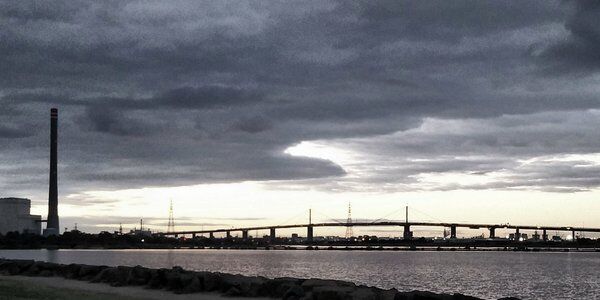
Aftermath and the Finished West Gate Bridge
In the wake of the disaster, the tragic loss of life spurred a call for reform. New safety measures and improved engineering protocols were adopted nationwide, ensuring that every worker’s safety became a top priority.
Determined not to let history repeat itself, the authorities went back to the drawing board on the West Gate Bridge design. Construction resumed in 1972 with a complete overhaul of the original plans—a new, lighter orthotropic steel deck was put in place, promising both strength and efficiency.
Remnants of the collapsed structure now serve as a sobering reminder of that day. Twisted fragments of steel, preserved at Monash University's West Gate Garden, remind current and future engineers of the heavy cost of inattention to detail.
Completed in 1978 at a cost of AU$202 million, the rebuilt bridge stands today as a resilient icon of engineering progress. Its sleek, elevated structure is not only a vital transport link but also a monument to the spirit of determination and the pursuit of better safety standards.
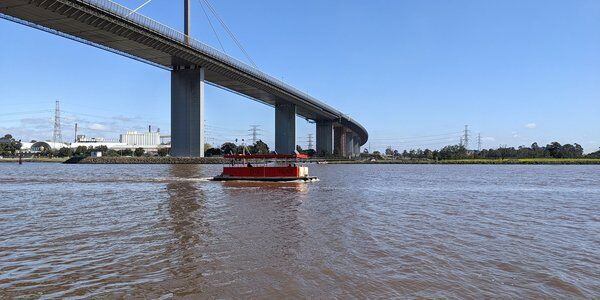
Interesting Facts About the West Gate Bridge
- Design and Dimensions: Stretching an impressive 2,582.6 meters in total length with its main river span measuring 336 meters and rising 58 meters above the water, the West Gate Bridge is among the longest in Australia—standing taller than the Sydney Harbour Bridge’s road deck.
- Strategic Importance: Beyond its aesthetic appeal, the bridge is a critical artery for Melbourne’s transport, linking the central business district to the industrial west and even facilitating the access of large cargo ships to Melbourne’s docks.
- A Link to Nature: As it spans the Yarra River, the bridge gracefully cuts across Westgate Park—a verdant reserve that provides a touch of nature amid the urban hustle.
- Historical Significance: Every steel beam and concrete slab in the West Gate Bridge carries memories of past challenges, the lives lost during its tragic collapse, and the engineering breakthroughs that ensured its rebirth.
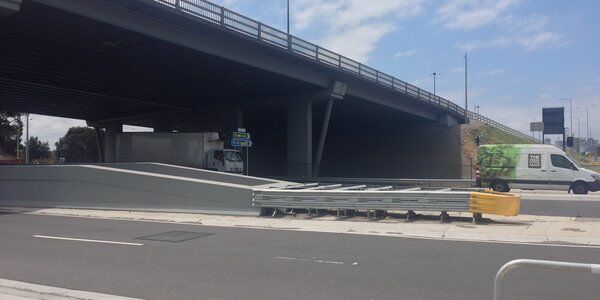
Explore Beyond the West Gate Bridge with CityDays
Ready to uncover more of Melbourne’s hidden stories and engineering marvels? At CityDays, we offer immersive scavenger and treasure hunt tours that take you through some of Melbourne’s most iconic landmarks and hidden gems.
Our interactive tours are perfect for team-building exercises, whether you're local or visiting from afar. Not only do these tours engage you with the city’s rich history, but they also provide a fun and competitive way to explore Melbourne with your friends, family, or colleagues.
Our tours aren’t limited to Melbourne either—we offer similar experiences in cities across the globe, making CityDays your go-to for unique urban adventures anywhere in the world.
So why not let the adventure continue with CityDays?
